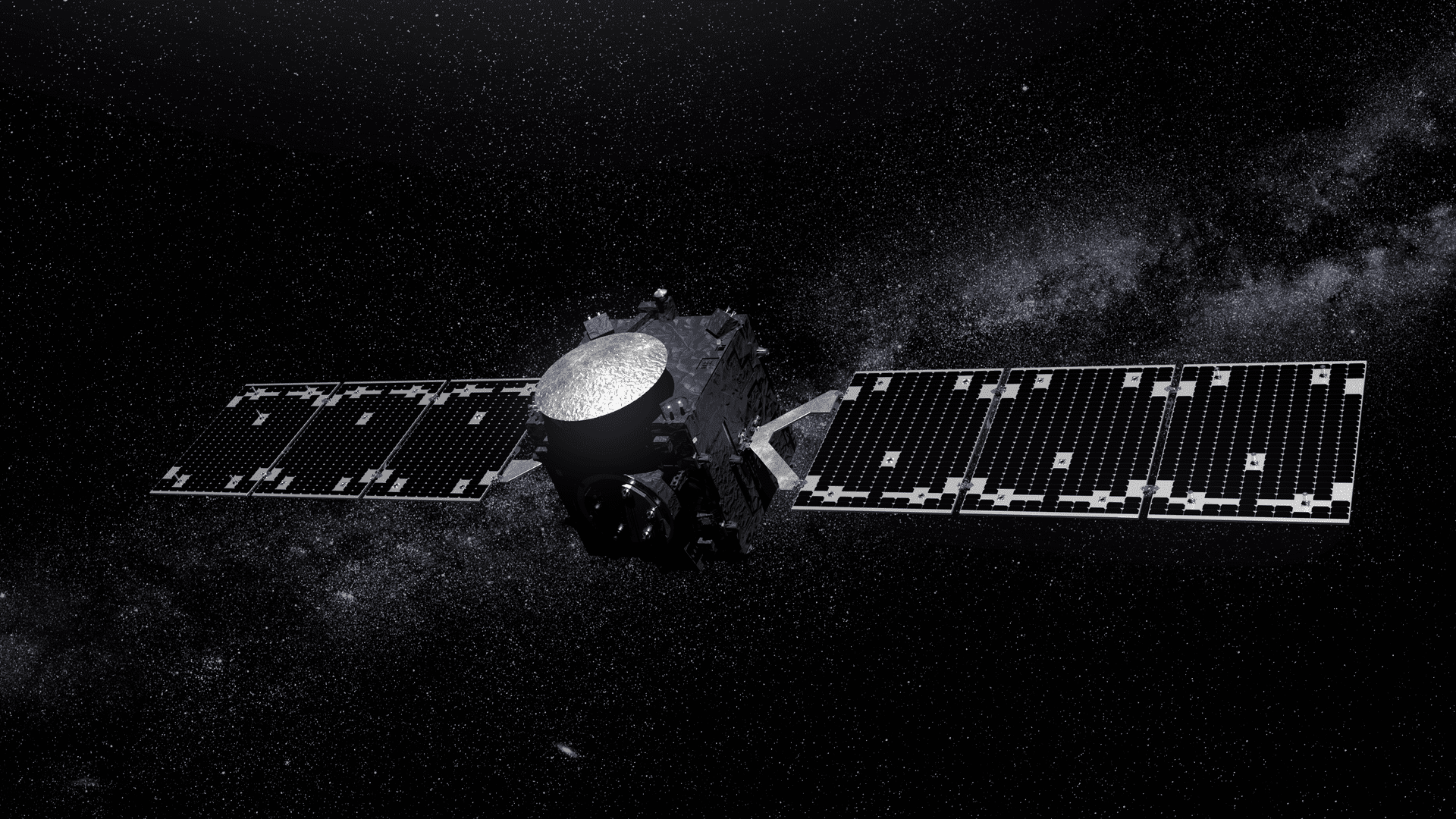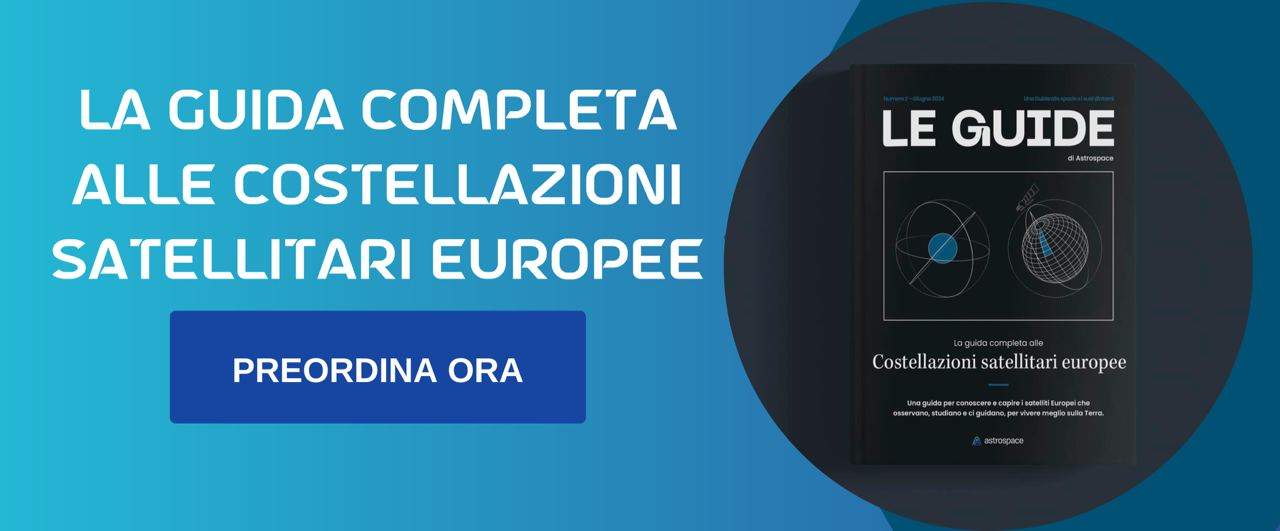ESA’s Hera mission, scheduled to launch in October 2024, is the first mission dedicated to studying the asteroid system. Its main goal is actually Study of the Didymos binary system, including the small moon Demorphoswhich was hit by NASA’s DART probe in 2022 to validate a kinetic impact technique to deflect a near-Earth asteroid.
Yesterday, June 25, 2024, NASA announced that it had selected 12 scientists to participate in this missionWithin the HERA Program for Participating Scientists. The goal of the program is to support scientists from US institutions to participate in the Hera mission, addressing issues such as planetary defense and near-Earth asteroid science.
Nine of the scientists selected by NASA come from different institutions, while three are from the agency’s Jet Propulsion Laboratory. They will become members of the Hera science team for the nominal five-year term of the mission.
Selected scholars
The following were selected from JPL:
- Boni BurattiSenior Research Fellow and Scientist and currently Deputy Project Scientist on NASA’s Europa Clipper mission.
- Mark Hines– Radar system engineer.
- Ryan Parka senior research scientist and currently principal engineer and supervisor of the Solar System Dynamics Group at JPL.
The participating scientists selected by the agency are:
- Ingrid Dubarof Brown University in Providence, Rhode Island, is a planetary scientist whose interests include impact craters and other variable phenomena on terrestrial planets.
- Caroline Ernst From the Johns Hopkins Applied Physics Laboratory, he is a geologist specializing in the surface evolution of planets, satellites, and small bodies.
- Dawn Graninger of the Johns Hopkins Applied Physics Laboratory, is a physicist specializing in hypervelocity effects and hydrodynamic simulations, and a co-investigator on the DART mission.
- Masatoshi Hirabayashi from the Georgia Institute of Technology (Atlanta), and is an aerospace engineer involved in numerous space exploration missions, dealing with space operations, orbital/lander design and navigation technologies.
- Tim Lister From the Las Cumbres Observatory in Goleta (California, USA), he is an astrophysicist whose current field of research is the discovery of new asteroids by PanSTARRS and the study of near-Earth objects.
- Andrew Rifkin from the Johns Hopkins Applied Physics Laboratory, is a planetary astronomer whose research focuses on the study of asteroids for scientific and planetary defense purposes.
- Daniel Shires from the University of Colorado Boulder, aerospace engineer and distinguished professor.
- Timothy Titus He is a research scientist at the USGS in Flagstaff, Arizona, studying polar processes on Mars and dealing with planetary defense.
- Yun Chang from the University of Michigan (Ann Arbor), research fellow.
Hera is expected to reach the Didymos binary asteroid system in late 2026. There it will collect data (that cannot be obtained from Earth) about the mass and composition of both objects, helping scientists evaluate changes caused by the kinetic impact of the DART probe.
© 2024 Astrospace.it All rights reserved. This article may only be reproduced or distributed in whole or in part with written permission from Astrospace.it and with a commitment to cite the source.

“Internet trailblazer. Travelaholic. Passionate social media evangelist. Tv advocate.”








More Stories
Earth rising behind the moon: Watch the video replayed by NASA
A space rocket accidentally launched in China
Air conditioners, you risk serious damage to your health just because of this mistake: which you make every day without even knowing it.